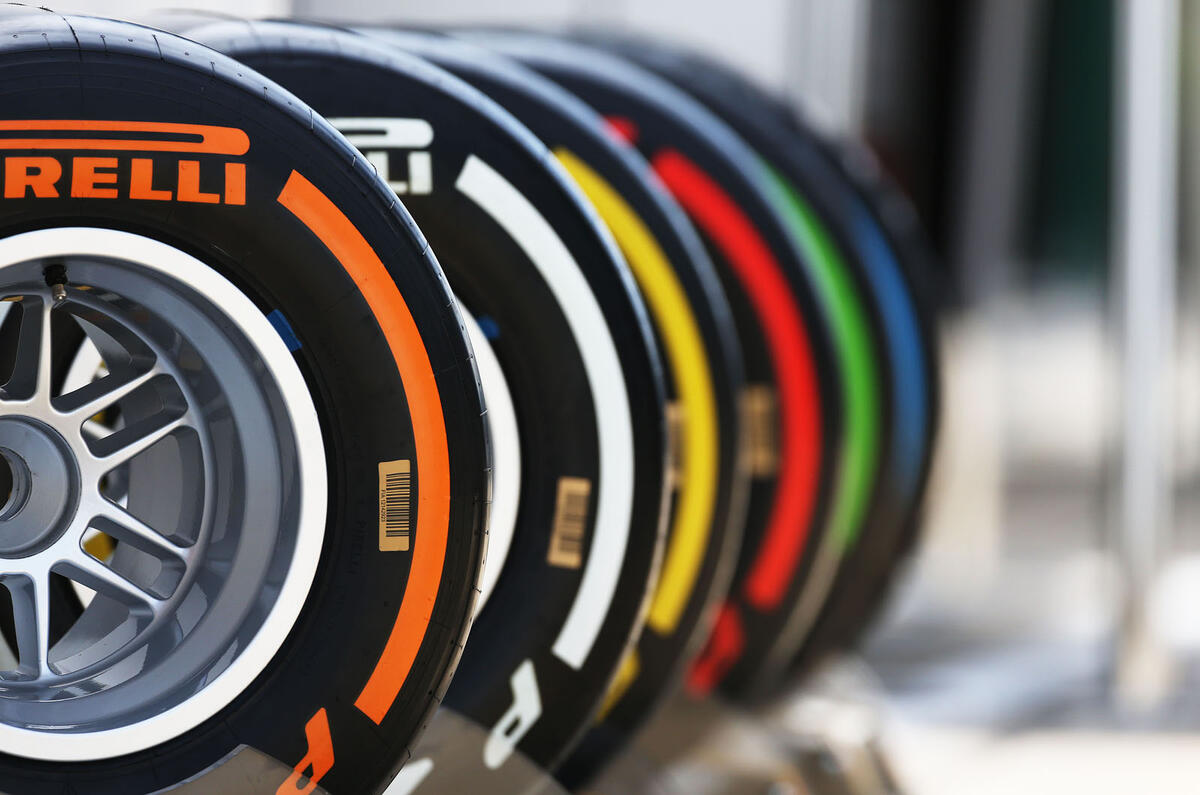The adventures of Pirelli at Silverstone have taken up most of the headlines in recent days in Formula 1 circles, but there are some interesting things going on in the background as the F1 circus moves rapidly to Germany for this weekend's grand prix at the Nürburgring.
Williams, which recently signed an engine supply deal with Mercedes-Benz, has announced a partnership between its engineering division and Nismo, Nissan's performance offshoot.
The two companies will work together in the development of high-performance road cars. Nissan hopes that the alignment with Williams will accelerate the growth of the Nismo brand around the world and improve the company's image by incorporating cutting-edge F1-based technologies and processes into its road-going models. This is a rather more wide-ranging deal than Williams' previous relationship with Jaguar.
Elsewhere, Caterham continues to build up its sporting links. It has strengthened its young driver programme by adding Britain's Will Stevens to its Academy, alongside American Alexander Rossi, Spain's Sergio Canamasas, the UK's Matt Parry, France's Aurelien Panis (son of former F1 winner Olivier) and Asians Weiron Tan (Malaysia) and Daim Hishamuddin (Singapore). Stevens is currently fourth in the Formula Renault 3.5 Series behind McLaren young drivers Stoffel Vandoorne and Kevin Magnussen and Red Bull protege Antonio Felix da Costa.
Stevens is a highly successful kart racer who won European and Asia-Pacific titles with the factory TonyKart team. He moved to cars in 2009 in Formula Renault and joined the 3.5-litre series last year. The Caterham scheme of which he is now a part is designed to assist drivers as they move up the racing ladder from karting towards F1. Caterham is also developing a kart which it hopes to introduce in many countries in the years ahead, to help generate interest in the sport.
The whisper at Silverstone was that Bernie Ecclestone is currently working on the introduction of a karting series to be run alongside Formula 1 grands prix at circuits that also have karting facilities. The aim is to draw attention to the stars of karting, with the lure of global TV coverage.
This would produce yet another revenue stream for the Formula One group as youngsters would need to buy their equipment from a central organisation, in much the same way as they do in GP2 and GP3 at the moment. This would not be cheap, but it would be more more cost-effective than other forms of karting where there is little or no TV coverage and finding sponsorship is tough.



Join the debate
Add your comment
What else?!
Sorry to hijack a thread, but, has anyone got an opinion on the prospect ofd there being no F1 in Germany this weekend....?, drivers are threatening to boycott on the safety of the tyres.
What ever happened too............?
Electric car racing?, no, not Scalextric!!!, this idea of having single seaters with electric power only.
Have Nissan checked..
..the Constructors' table recently?